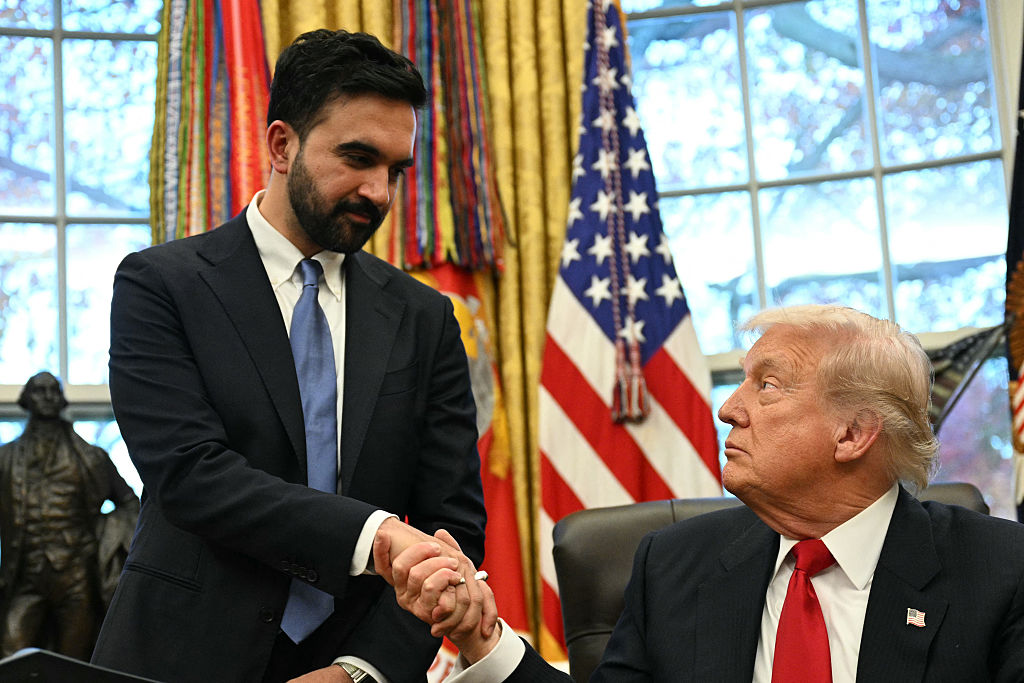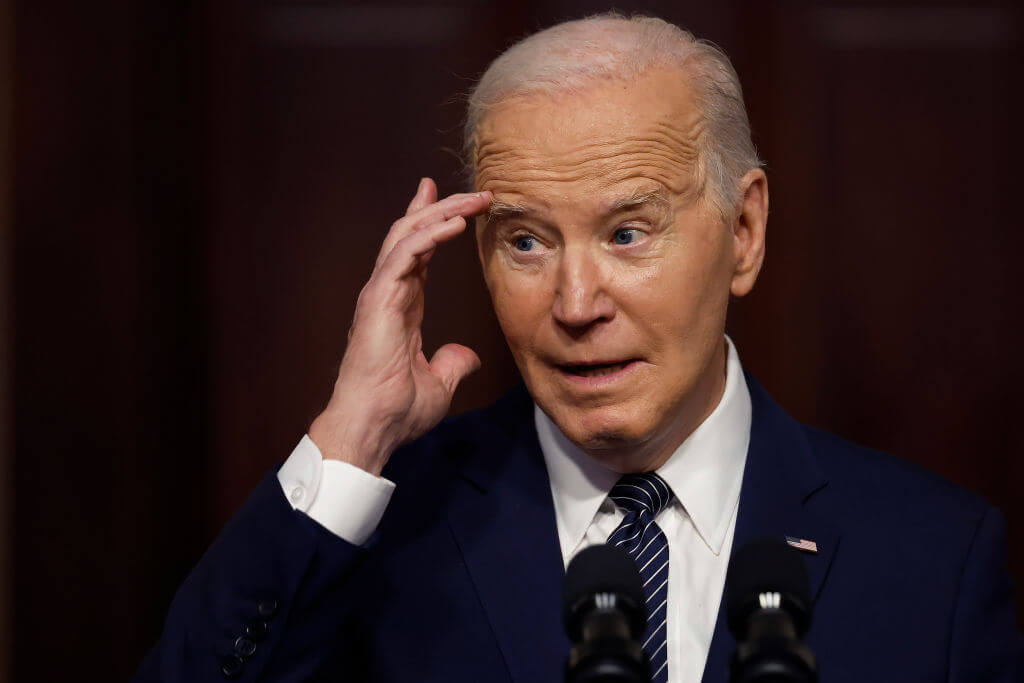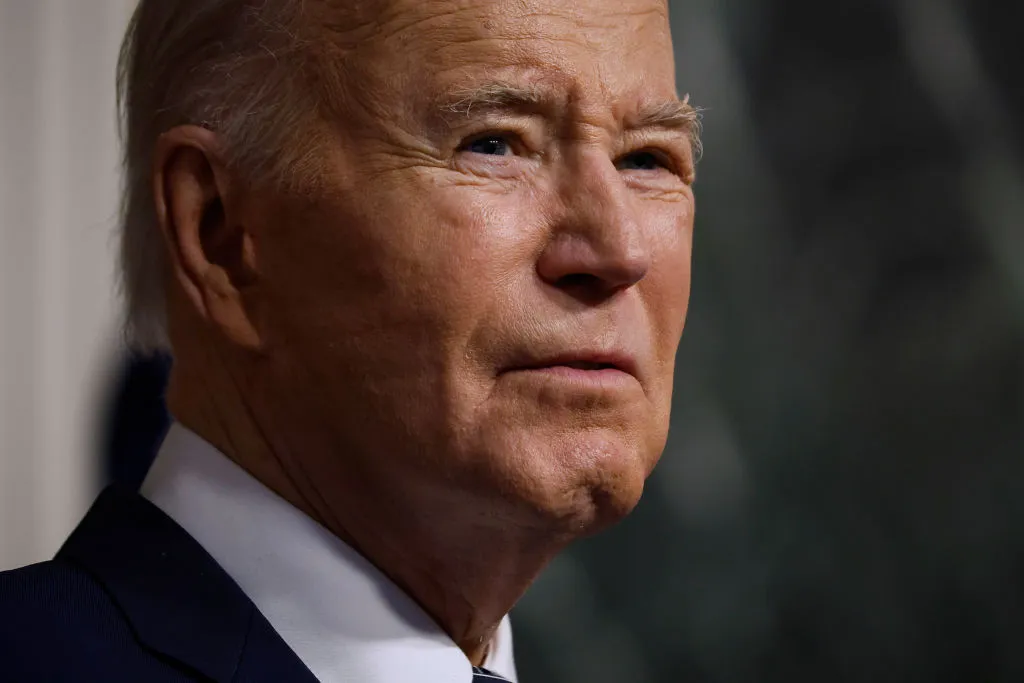The Singer Sewing Machine Company is credited – that’s the right word – with popularizing the idea of the installment plan. Starting in 1856, a customer could buy a sewing machine for a very modest down payment and a rather lengthy commitment to further payments. Isaac Singer copied the idea from a piano company, but he turned it into a model of aggressive marketing to the average household. His “dollar down, dollar a week” slogan launched the era of consumer credit on a mass scale, and helped to marry mass production of durable goods to middle-class household economy. The idea spread quickly.
By early in the 20th century, people could buy “washing machines, refrigerators, phonographs and radios” on the installment plan. The idea faced some resistance too. Henry Ford preferred a “lay away” plan, where the consumer made regular payments into a bank account until he accumulated enough to buy a Model T, at about $850. General Motors, however, seized the opportunity that Ford rejected. In 1919 GM opened the General Motors Acceptance Corporation (GMAC) which began selling cars on the installment plan.
Why this lesson in the history of American consumerism? Because many Americans are about to get a reminder that, while installment plan payments may get stalled for a while, they don’t really go away.
I am referring to the decision of the Trump administration to resume collecting on student loan debt. In 2020, in light of the great Covid shutdown, the federal government paused requirements for those repaying their student loans. The Biden administration unwisely extended this pause long after the Covid folly had ended, but in September 2023, the government announced that repayments would begin again October 2023. A very large number of student loan debtors simply ignored the order. As a result more than 60 percent of student borrowers are in default. Some 35 percent are two months delinquent. Many more are in late-stage delinquency. The government says that about a quarter of the entire student loan portfolio will be in default within months.
The demand that consumers begin to repay or resume repaying their loans will be met with consternation by millions of these debtors. Some 42.7 million Americans have federal student loan debt. We can look forward to ingenious moral and economic arguments why their debts should be expunged, but the simple fact is that the individuals took on these debts with their eyes wide open. If they do not repay them, that debt will be effectively transferred to the general public. People who did not have the benefit of a college education will be forced to subsidize those that did.
It is not as though the government can seize the asset. Singer could repossess a sewing machine. The piano-maker could haul the untuned instrument out of the deadbeat’s parlor. The repo man could come for the car of the thriftless driver. But no one can take that bachelors degree away from the entitled graduate.
It may well be that a fair number of those college graduates regret their degrees. They may have discovered that the diploma, the major, or the accumulated knowledge failed to advance their careers as much as they had hoped. Or worse, they may look back on their college program as pretty much a swindle. They learned little but walked away with seemingly inexpungable debt.
My colleagues and I at the National Association of Scholars have been warning about this since before Covid. Our 2021 report, “Priced Out: What College Costs America,” sums up the student debt crisis as deeply intertwined with the rapacious selling strategies of the higher education industry.
One important step towards a model that would benefit future students and the country as a whole would be to make colleges pay a substantial portion of the debt that students leave when they default on their loans. The signal advantage of this is that colleges would no longer have an incentive to enroll students who have low prospects of academic success.
The underlying problem is that selling education on the installment plan often traps students in their imprudence. Colleges congratulate themselves for opening “opportunity” for students, but they mean this only in the vague sense that the student might make something of the curriculum, the contacts and the culture. More often than not, students just wander blindfolded through these so-called opportunities. And employers find the typical college graduate possesses little in the way of skill or knowledge, but a great deal in the way of entitlement.
We could blame the students for their harboring inflated views of their merit, but the colleges are trapped too. Since the passage of the Higher Education Act in 1965, colleges and universities have had rich incentives to enroll as many “qualified” students as possible. Tuitions spiraled ever upwards because the federal government guaranteed student loans. Each additional student who enrolled at a typical college was a minor increase in expense to the institution, e.g. one more chair in Psych 10, but a significant gain in revenue.
It is little wonder that many college graduates feel shortchanged by this system. Indeed a good many colleges encourage students who lack both academic talent and motivation to pursue useless programs of study, the sole advantage of which is that college gets to collect tuition a little longer. Such programs, however, often provide students with rationalizations for ignoring their debts. What if you go to college only to learn, once you are there, that your campus is built on land stolen from the Native Americans? That college is just a cog in the exploitative capitalist world system? That college debt is just a means whereby the dominant class exerts control over the borrowers? That climate change and other looming environment catastrophes mean that there is no point in preparing for the future?
Back in the day, the Singer Company must have had some customers who regretted “investing” in their sewing machines, but few of them found themselves impoverished by the decision. Today student debt stands at $1.77 trillion, 92.2 percent of which consists of federal student loans. This is a level threatens national prosperity as well as individual solvency.
It is currently very difficult for student loan debt to be discharged through bankruptcy. We may well have to change the rules to provide some safety valve as the government moves to collect on those 42.7 million borrowers. Most will be able to handle the expense. The average individual debt is around $40,000. But some of the above average debts are truly enormous.
Was it ever a good idea to make college education something that became generally available through a version of the Singer Sewing Machine approach to marketing? The installment plan certainly has proven itself as an efficient way to sell expensive durable goods to a much larger segment of the public than could otherwise afford to buy them. But selling an intangible good such as education through this channel seems fraught with peril. People seem to buy too much of it at too high a price and then balk at the repayment.
The Trump administration is making the right move in enforcing repayment. It is one of those right moves that is bound to cause considerable short-term pain but is necessary for long-term health. Without it, the financial structure of American higher education as a whole may topple.
What the Singer Sewing Machine teaches us about student loan repayment
The ‘dollar down, dollar a week’ slogan launched the era of consumer credit

A male factory machinist at work using a Singer sewing machine (Getty)
The Singer Sewing Machine Company is credited – that’s the right word – with popularizing the idea of the installment plan. Starting in 1856, a customer could buy a sewing machine for a very modest down payment and a rather lengthy commitment to further payments. Isaac Singer copied the idea from a piano company, but he turned it into a model of aggressive marketing to the average household. His “dollar down, dollar a week” slogan launched the era of consumer credit on a mass scale, and helped to marry mass production of durable goods to…

























Leave a Reply